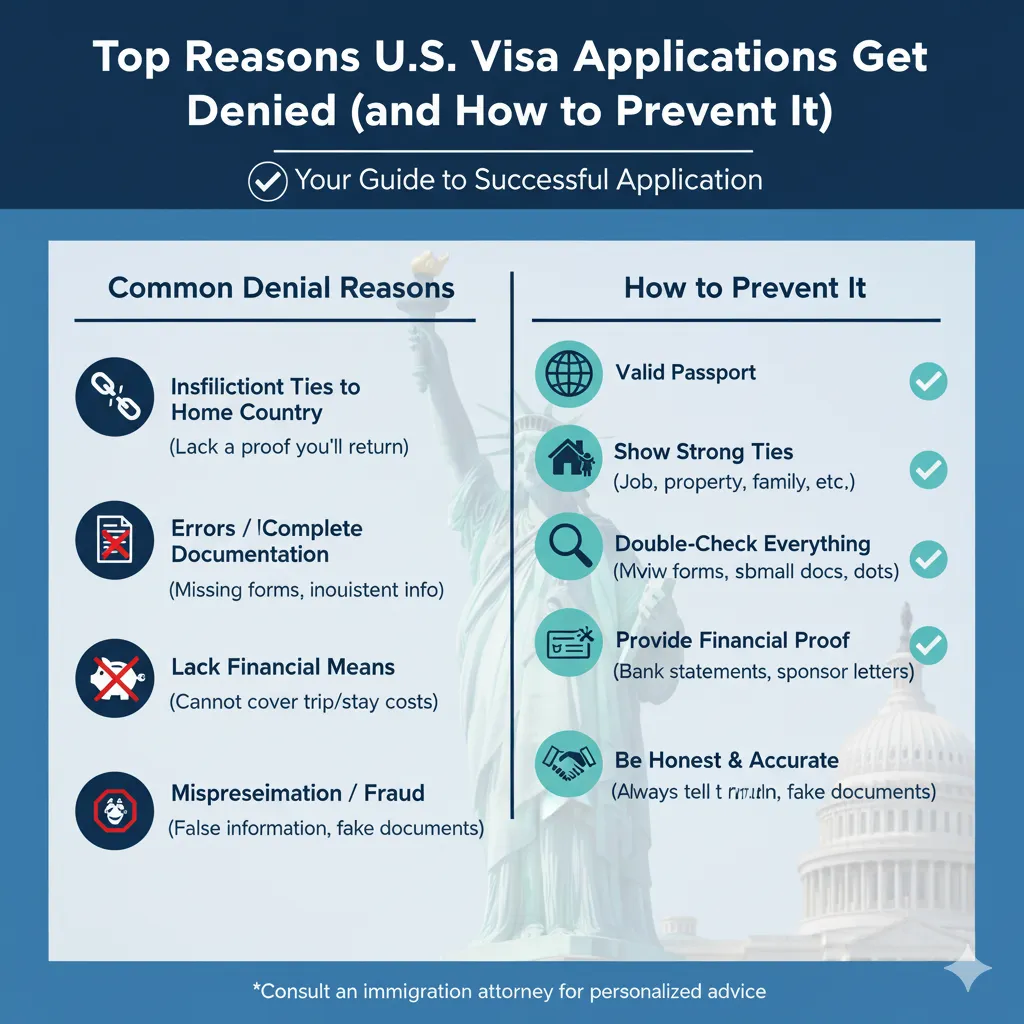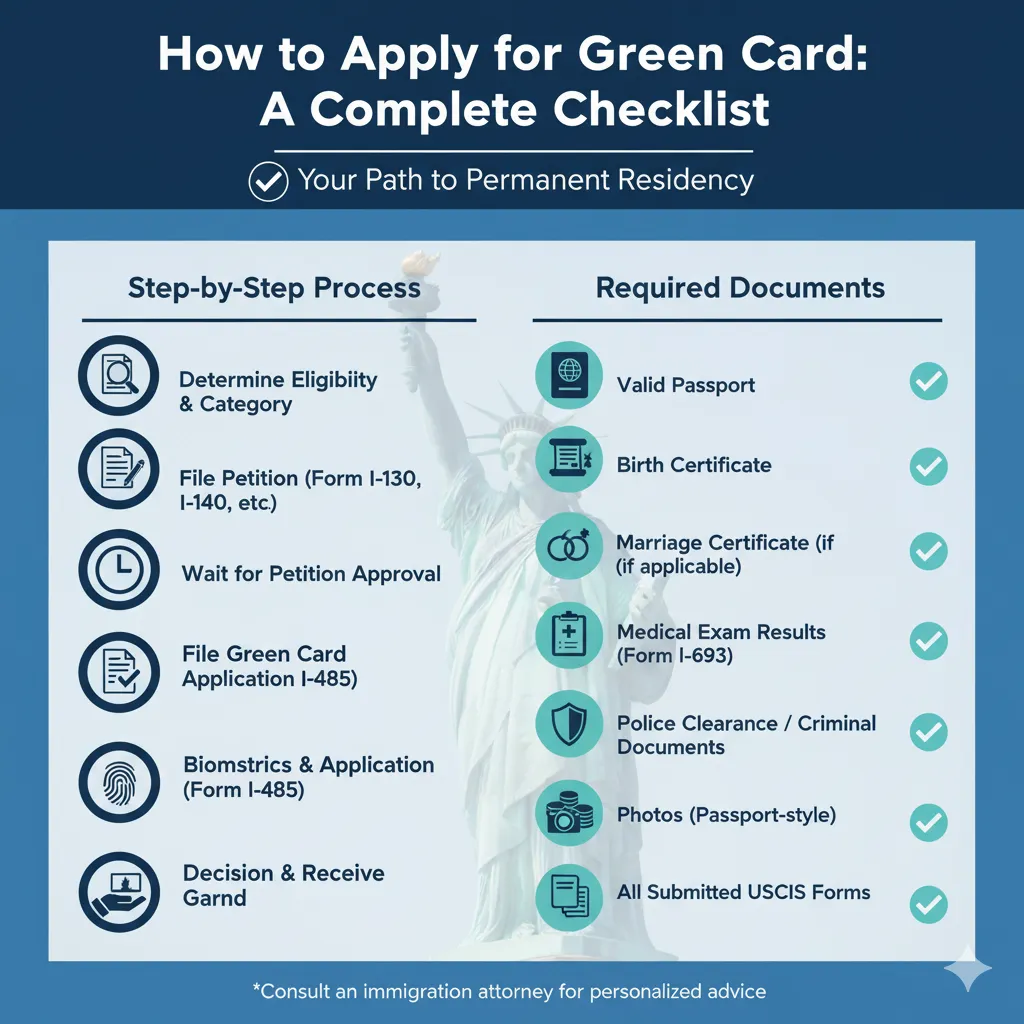Navigating the U.S. Immigration Process in 2025: An Overview of Key Changes
The landscape of U.S. immigration is in a constant state of evolution, shaped by new legislation, executive orders, and shifting global dynamics. For individuals and families planning to immigrate, sponsor a relative, or work in the United States, staying informed about the U.S. immigration process in 2025 is more critical than ever. Recent years have seen a significant push towards modernization, along with policy adjustments that impact nearly every type of applicant.
This article provides a comprehensive overview of the most significant changes affecting the U.S. immigration process in 2025, from updated policies and technological advancements to shifts in processing times and enforcement priorities.
1. The Continued Digital Transformation at USCIS
One of the most impactful ongoing changes is the push by U.S. Citizenship and Immigration Services (USCIS) to digitize its operations. In 2025, more forms than ever are available for online filing, and the agency is expanding its use of digital tools to improve efficiency.
- Expanded Online Filing: A growing number of petitions, including Form I-130 (Petition for Alien Relative) and Form N-400 (Application for Naturalization), can now be filed entirely online. This reduces mailing delays and provides instant confirmation of receipt.
- Enhanced MyUSCIS Accounts: The online USCIS portal has become a central hub for applicants. In 2025, users can expect more features, including the ability to upload evidence directly, respond to Requests for Evidence (RFEs) online, and receive real-time case status updates and digital notices.
- Virtual Interviews: While in-person interviews remain standard for many permanent residency and naturalization cases, USCIS continues to utilize video-conferencing for certain interview types to help reduce backlogs, particularly for specific employment-based visas or cases with straightforward eligibility.
2. Adjustments to Processing Times and Backlog Reduction Efforts
For years, lengthy processing times have been a major source of frustration for applicants. In response, USCIS has implemented new strategies aimed at tackling the backlog, with mixed results seen in the U.S. immigration process for 2025.
- New Internal Cycle Time Goals: USCIS has set aggressive internal goals to reduce the time it takes to process most applications. For example, they are aiming for 6-month processing for naturalization applications and faster adjudications for DACA and employment authorization documents (EADs).
- Premium Processing Expansion: The premium processing service, which guarantees an agency response within a set timeframe for an additional fee, has been expanded to include more categories, including certain I-140 petitions for multinational executives and managers and some student and exchange visitor applications.
- “Fee Rule” Adjustments: A new USCIS fee schedule went into effect in 2024, significantly increasing the cost of many applications. USCIS states these funds are essential for hiring more officers, improving technology, and ultimately reducing processing times. However, applicants should be prepared for these higher costs.
3. Policy Shifts in Employment-Based and Family-Based Immigration
TheU.S. immigration process in 2025 reflects new priorities in both employment and family-based immigration streams.
- Focus on STEM Talent: There is a continued emphasis on attracting and retaining individuals in Science, Technology, Engineering, and Mathematics (STEM) fields. This includes clearer guidance on qualifying for National Interest Waivers (NIW) and O-1A visas for individuals with extraordinary abilities, making the path slightly more predictable for top talent.
- Updates to the Visa Bulletin: The monthly Visa Bulletin, which controls the availability of immigrant visas, continues to see long waits, especially for individuals from countries like India and China in certain employment-based categories. Applicants must monitor the bulletin closely as “final action dates” can fluctuate.
- Increased Scrutiny on Public Charge: While the stringent 2019 “Public Charge” rule was rescinded, consular officers and USCIS adjudicators continue to carefully evaluate an applicant’s financial stability. Sponsors and applicants in 2025 must provide robust evidence of self-sufficiency, as detailed in the I-864 Affidavit of Support.
4. Changes in Humanitarian and Asylum Processing
The approach to humanitarian-based immigration has also seen significant adjustments. The asylum system remains under immense strain, leading to new processing protocols at the border and for affirmative asylum applications. Expedited processing for certain parole programs, such as those for Ukrainians and Cubans, continues, but with evolving eligibility criteria.
National Immigration Law Resources
The complexity of U.S. immigration law makes professional guidance essential. Here are some reputable immigration law firms and resources from across the country:
- California: The Law Offices of Carl Shusterman (Los Angeles)
- New York: Fragomen, Del Rey, Bernsen & Loewy, LLP (Global firm with a major NYC office)
- Texas: Foster LLP (Houston & Austin)
- Florida: The American Immigration Lawyers Association (AILA) Lawyer Search (National directory)
- Illinois: Scott D. Pollock & Associates, P.C. (Chicago)
- Massachusetts: The I-140 and National Interest Waiver blog by Attorney Chris Musillo (Boston)
Conclusion: Staying Agile in a Changing System
The U.S. immigration process in 2025 is a mix of promising technological advancements and persistent challenges like backlogs and policy complexities. Prospective applicants must be diligent, stay updated on the latest USCIS announcements, and prepare for higher fees and detailed evidentiary requirements. Given the high stakes and the intricate nature of immigration law, consulting with an experienced immigration attorney is the most reliable way to navigate these changes successfully and avoid costly errors.
Sources:
- U.S. Citizenship and Immigration Services (USCIS). (2025). USCIS Website. Retrieved from uscis.gov.
- U.S. Department of State – Bureau of Consular Affairs. (2025). Visa Bulletin. Retrieved from travel.state.gov.
- American Immigration Lawyers Association (AILA). (2025). AILA Policy Briefs & News.




